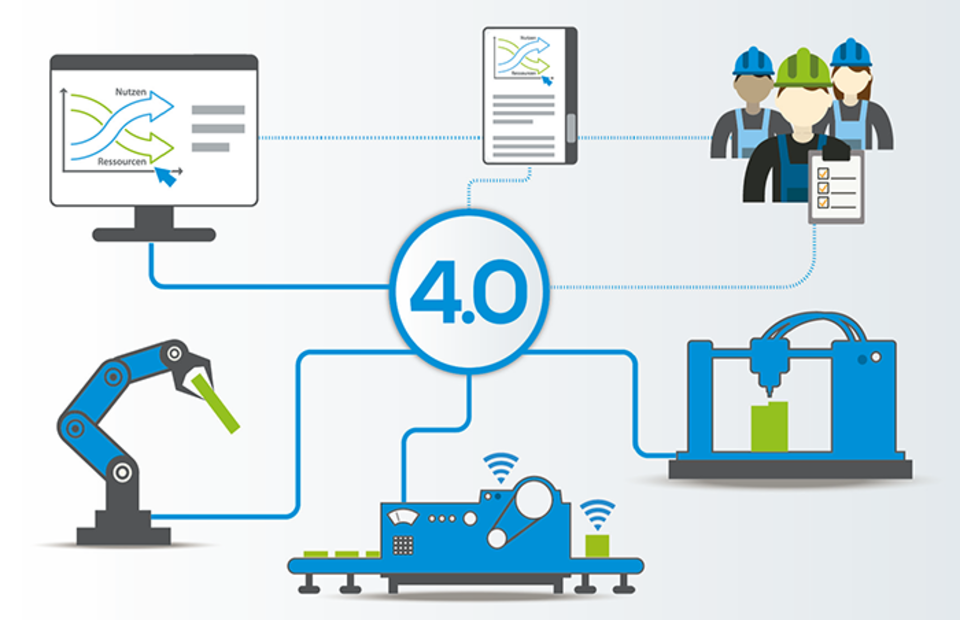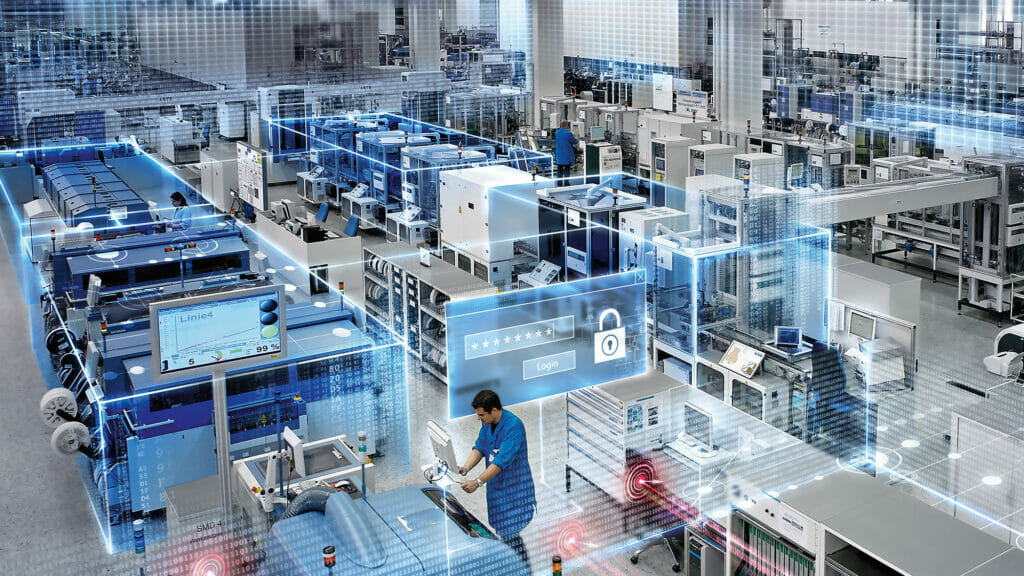
Try PlusClouds Eaglet service and find high quality B2B hot leads and opportunites with AI support.


The concept of Industry 4.0, which we have supported since its inception at CNC Advanced Technology, was first introduced to a wide audience in 2011 at the Hannover Fair, the world's largest industrial trade fair. With the support of the Federal Government, Industry 4.0 encompasses the future and future trajectory of the manufacturing sector, encompassing automation systems, internet-enabled production-based data exchange, and manufacturing techniques and technologies.
The First Industrial Revolution (Industry 1.0), which emerged as mechanical production using water and steam power, entered its second period with the support of electricity (Industry 2.0). With the acceleration of technological advancements, it was brought to homes and factories worldwide, and subsequently entered its third period (Industry 3.0) with digitalization. In the Industry 3.0 era, automation-supported production began. With the emergence of the first programmable PLC in 1969, automation systems gradually began to be introduced into production. This term, which for the first time included the margin of error of human labor, became obsolete. By the 2000s, the concept of Industry 4.0 began to be discussed globally, and details were subsequently shared, and the promises of this new industrial revolution were explained.
As robots began to actively participate in production in the late 20th and early 21st centuries, automation systems and programmable PLC systems began to gain increasing importance worldwide. The establishment of more than 40 robotics companies in Japan in the early 1990s signaled a significant shift toward the future of unmanned production. The concept of Industry 4.0, openly announced in 2011, is essentially a consequence of developing technology and the need to address human needs. The growing population and the resulting surge in resource consumption have become a driving force for the transformation and development of production techniques worldwide.

Industry 4.0 realizes production in a virtual computing world through cyber-physical systems. In essence, Industry 4.0 is a concept that combines reality and the virtual world, brings profitability to production, saves time, and minimizes labor in production. Encompassing a long-term transition period, Industry 4.0 is a crucial concept that determines the future of production.
For example, in a virtual environment between CNC machining centers and CNC lathes, machines can communicate with each other, determine their own processing processes and speeds, and plan production stages. With the help of sensors and actuators, systems that communicate with each other can now determine their production and, consequently, their efficiency. All of these technological advancements and robotization in production involve long-term and transformational efforts. As CNC Advanced Technology, we are making significant contributions to the transition to Industry 4.0 with our experience and numerous turnkey automation systems projects both domestically and internationally, and we will continue to do so.

Cloud Computing System
Cloud computing systems, a type of data storage and sharing service, can be accessed from computers and other smart devices. Stored data can be shared between users anytime, anywhere.
Intelligent Robots
Unlike industrial robots, these autonomous robots, powered by artificial intelligence, do not require regular human supervision. Intelligent robots protect people in situations that pose health and safety risks, and processes proceed more efficiently.
Smart Factories
Digital factories, also known as digital factories, are equipped with automation systems. They aim to increase production efficiency, monitor production in real time, and enable remote intervention. These are highly advanced and forward-looking systems.
3D Printers
In this system, computer-designed models are melted into plastic using three-dimensional layering technology, then converted into a tangible object via a printer. This system, which is particularly popular in industries such as automotive, aerospace, and medical, offers a cost-effective method for producing samples.
While the internet contains a vast repository of data—information—some of this data is considered garbage, while others are useful. Big data can be defined as the collection, classification, and storage of logical and meaningful data by certain software and companies as a resource for research.
Blockchain
Blockchain is an open, transparent, sequential, distributed, and time-marked data recording system that allows for tracking encrypted transactions. It should not be confused with a database, as data in this system is linked by encryption, like links in a chain, and can be shared with many people in a distributed manner. No data recorded in this system can be altered or deleted.
Smart Cities
The aim of this application is to improve the quality of life for citizens by leveraging smart technologies. Efforts are underway to improve the quality and performance of city services such as energy, transportation, and utilities. Information and communication technologies are utilized to prevent resource consumption and waste and reduce overall costs.
Industry 4.0, also known as the 4th Industrial Revolution, is a significant turning point in the industrial landscape. It's a major transformation process, fundamentally comprised of three components: the Internet of Things, the Internet of Services, and cyber-physical systems.
The Internet of Things (IOT) is the ability of interconnected mechanical objects, computing devices, digital machines, or unique identifiers to transfer data over a network without requiring human intervention. The Internet of Services (IOS) is a system where service providers and consumers come together on the Internet network. Cyber-physical systems (CPS) connect the physical and virtual worlds using sensors and power transmission mechanisms.